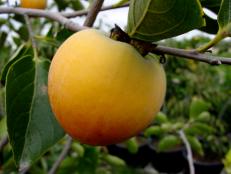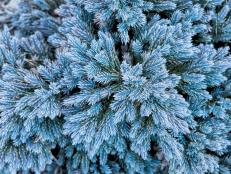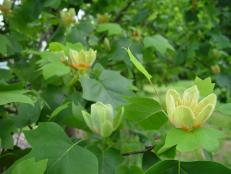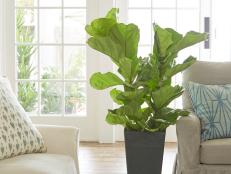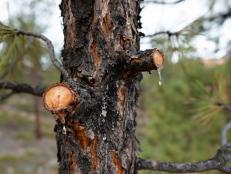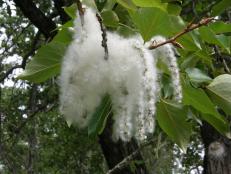How to Grow a Bay Tree

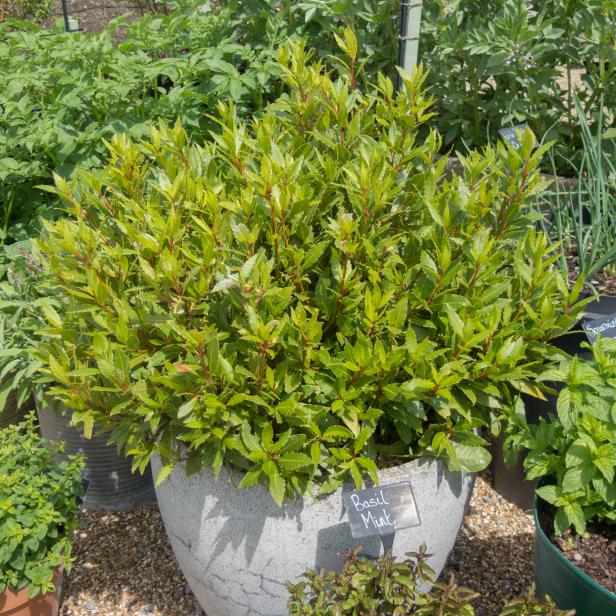
Shutterstock/Peter Turner Photography
Bay leaves are best known as a seasoning for spaghetti sauce and other Italian dishes. They are also easily recognized as the plant used to create wreaths as a symbol of victory in ancient Greece and Rome. What’s more, in Christianity the leaves symbolize the resurrection of Christ.
So why does a simple leaf have such a rich, diverse culture? Probably because the plant, Laurus nobilis, has as many common names as it does uses. This aromatic evergreen tree, or large shrub, with glossy green leaves is known as sweet bay, bay laurel, bay tree and simply laurel to name a few.
Native to the Mediterranean region, bay is widely cultivated as an ornamental there and as a houseplant in colder climates – mainly because it’s an excellent candidate for growing as a topiary. Hardy only to zone 7, it’s ideal for forming low hedges. Although it can grow into a tree up to 40 to 50 feet tall, bay is often maintained as a large shrub in containers. In spring, it puts out small yellow flowers, which by fall develop into dark purple berries.
Aside from their ornamental value, bays are practical for cooking. When dried and crumbled, their dark green leaves are a sought-after seasoning.
Slow growers, bay trees thrive in containers – especially if given full sun to partial shade. They’re not picky about soil so long as it’s well drained.
Plant bays in spring at the same depth as their original pots and keep watered, especially during dry spells, as their roots are very shallow – which makes them ideal container plants. Once established, the trees are drought tolerant. Depending on how they are is used – as a topiary or hedge, for example – pruning can be a big part of maintenance. Prune in early spring as new growth is emerging. Give container-grown trees a balanced organic fertilizer such a fish emulsion in spring and again in mid-summer. Finally, because cold temperatures can be a challenge, even a light frost can turn leaves brown and dry; the good news is that often the tree will bounce back the following spring. But if it shows signs of dieback, prune stems below the cold damage, and new growth soon should take over.
Note that when shopping for a bay tree make sure it’s labeled only Laurus nobilis if you plan to use its leaves for cooking. Also, there are several varieties marketed for their ornamental value, such as Laurel nobilis ‘Angustifolia’, which has thin narrow leaves, ‘Aurea’ with foliage that emerges as yellow, and ‘Undulata’ with ripple-edged leaves.







